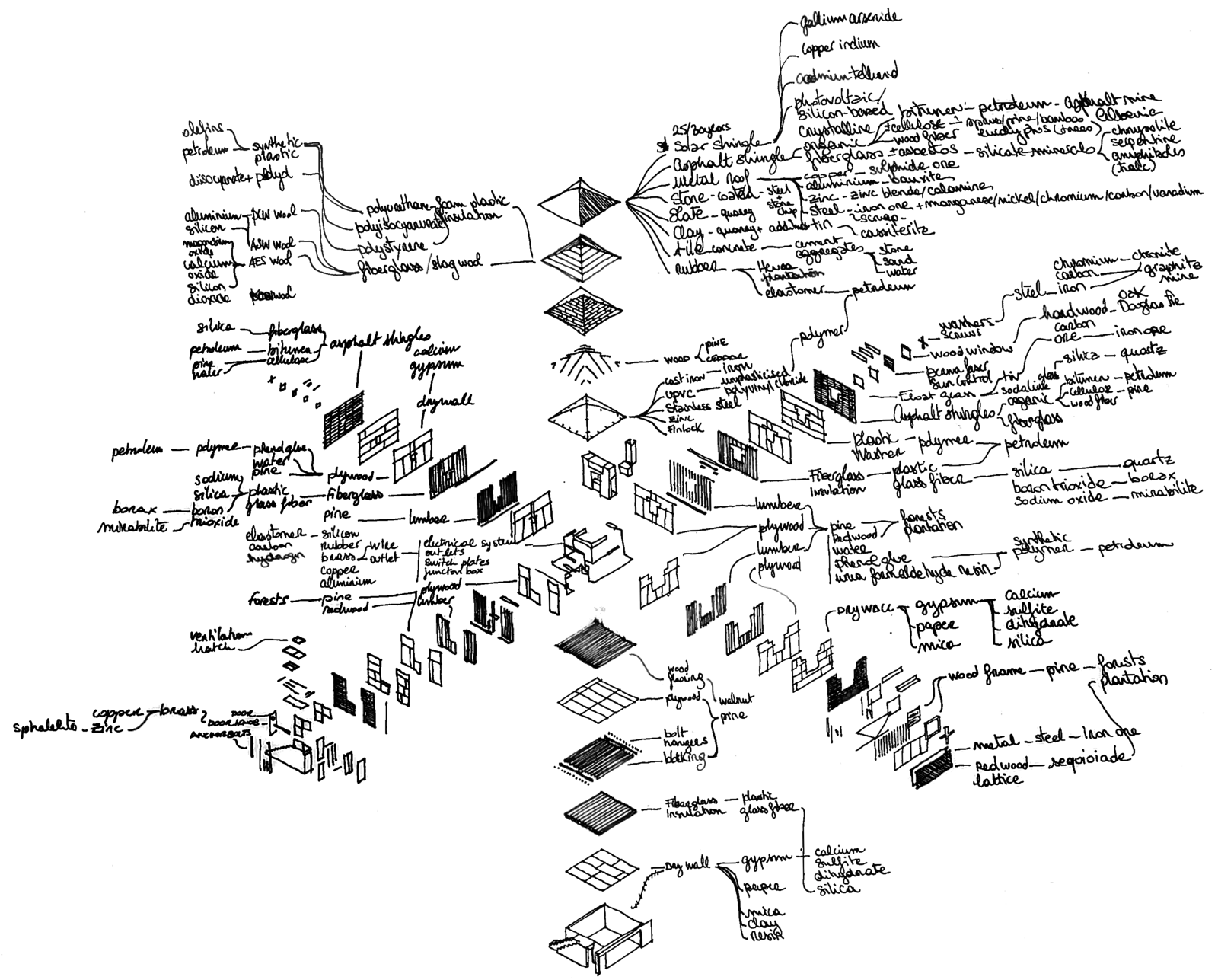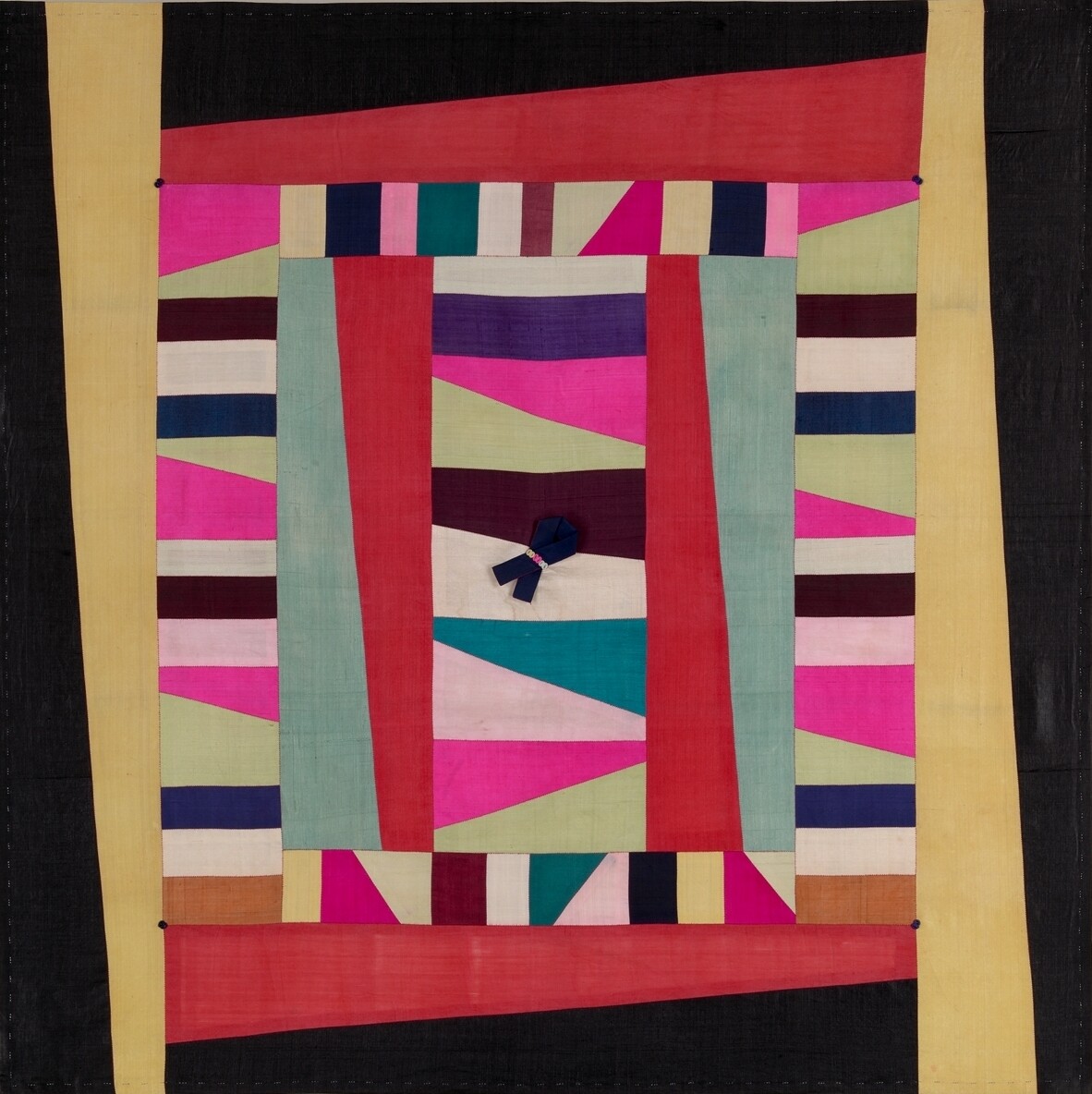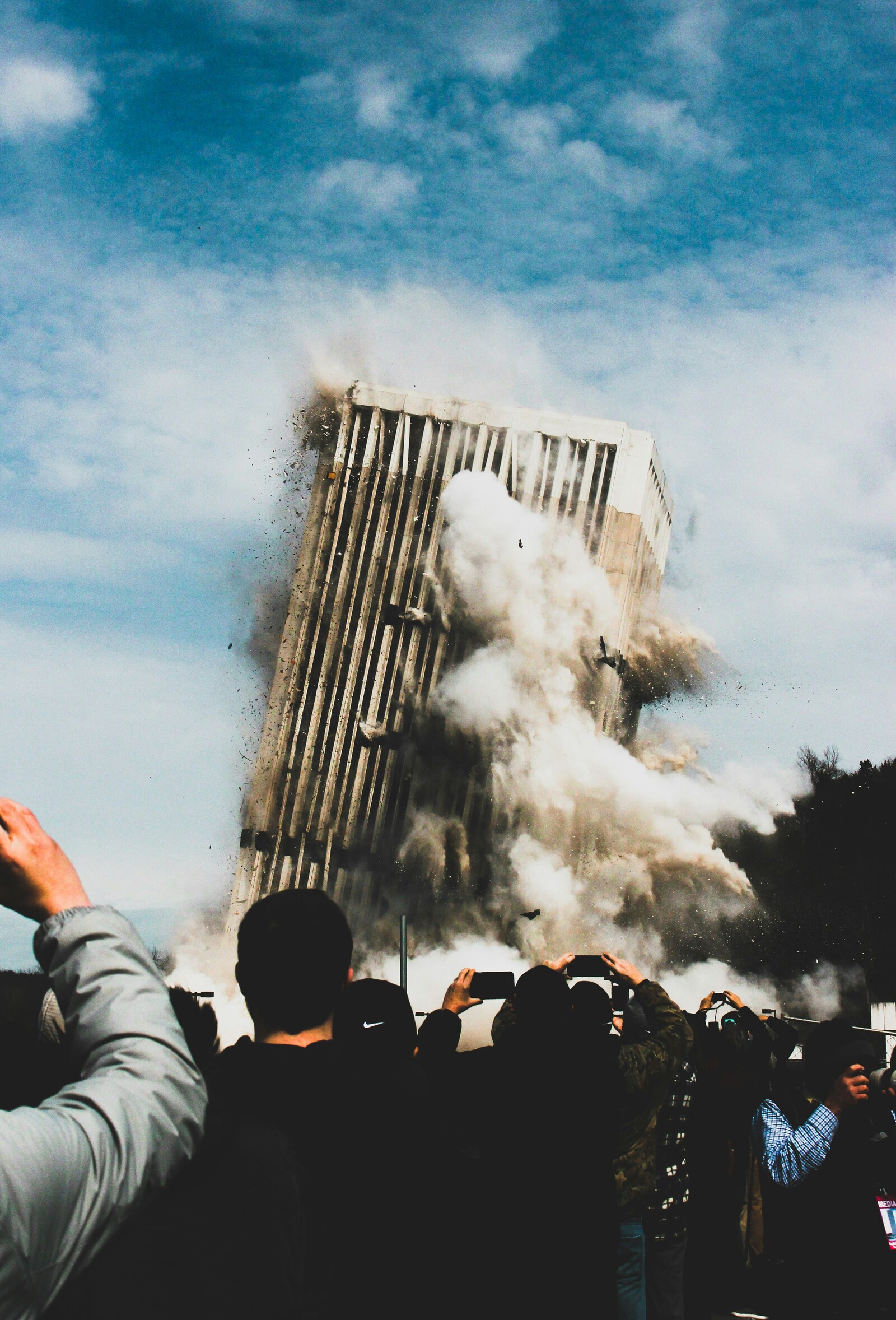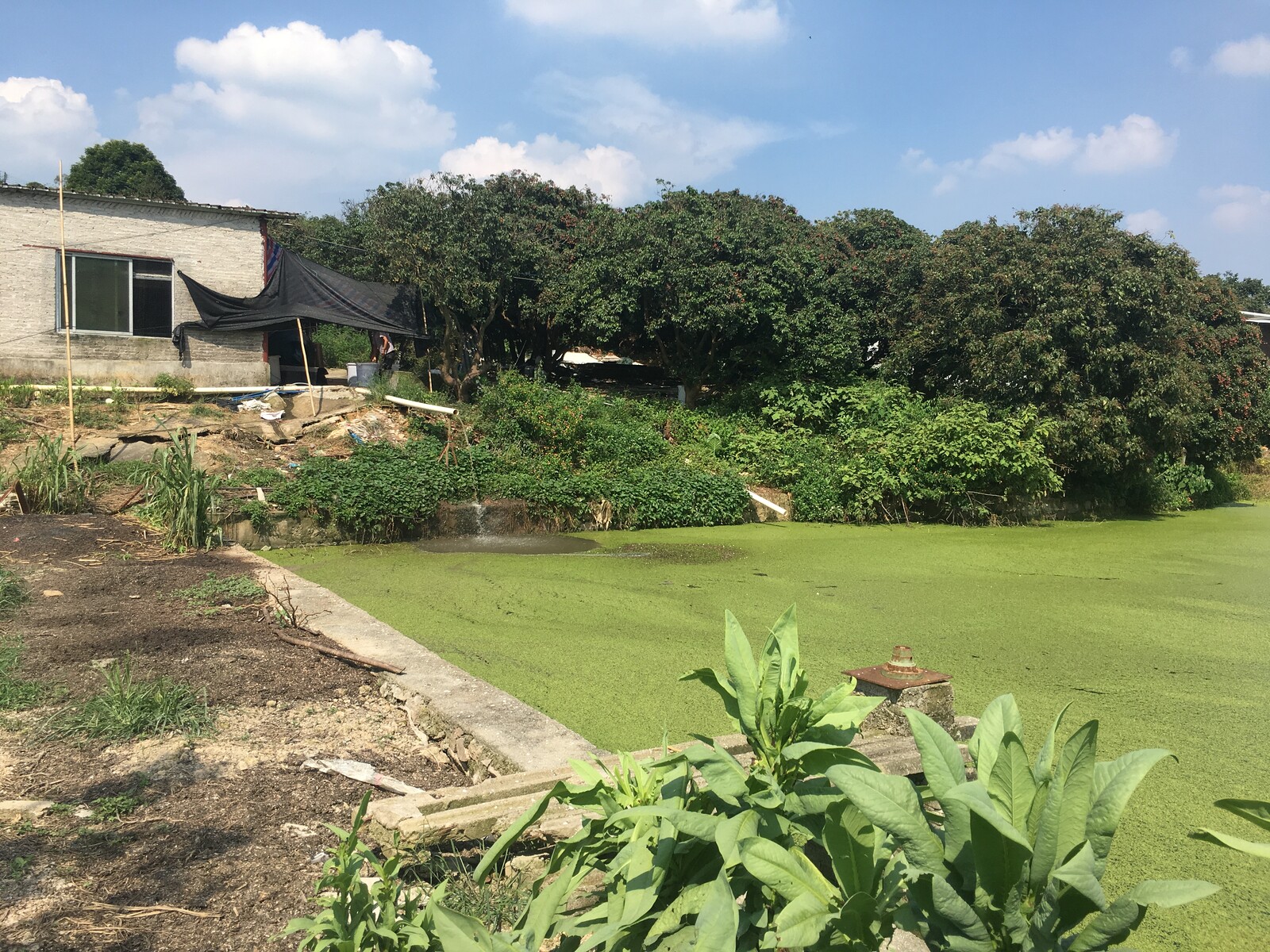Material Acts is a collaboration between e-flux Architecture and Craft Contemporary within the context of the eponymous exhibition, curated by Kate Yeh Chiu and Jia Yi Gu as part of Getty PST ART: Art & Science Collide, featuring contributions by Jennifer Johung, Mae-Ling Lokko, Elsa MH Mäki, Zofia Trafas White, and Amy Zhang.
Materials are typically described as raw resources, fixed products, or inert objects to be sourced from a shelf in the store—as commodities more than prerequisites for or products of making. Yet, such understandings of materials belie the complex logistical, economic, ecological, and technological actions that transform matter into the material substrate for our lives. Materials should instead be considered participants in and outputs of cultural practices and techniques. Prior to their arrival at a building site, materials are selected, treated, and redefined by processes conducted by human hands and machines across various locations. Consider the simplest dimensional lumber found at the hardware store: it has been harvested, milled and sawed, pressure-treated, decontaminated, and transported. Concrete, similarly, can be understood as a series of logistical operations and energy flows—the result of a vast geography of extractive activities, uneven labor practices, complex managerial coordination, and carbon dioxide emissions. Even after a building is complete, the materials found within it embody potential for alteration, continuing an unending cycle of change. This recognition of materials as ongoing processes—rather than as raw resources or finished products—centers human actors and systems in the event of material transformation, reminding us that materials are not inert objects, but active agents.
To focus on material experimentation in this era of climate crisis is to invite reflections on relationships with nature. Making materials, as Pamela Smith reminds us, constitutes a craft and a scientific approach to knowing nature, requiring embodied interactions and the development of material logics.1 However, nature is an elusive concept and unstable category for designers working on material experimentation. Lorraine Daston has described the tendency to ascribe values to nature as a “naturalistic fallacy—a kind of covert smuggling operation in which cultural values are transferred to nature, and nature’s authority is then called upon to buttress those very same values.”2 Architecture has similarly borrowed many of these arguments to theorize and materialize its own discourse in relation to ideas of nature: to tame nature (by providing shelter); to emulate nature (through ornament); or to embody nature and its processes (biomimicry). While nature has often stood in as a model, metaphor, or resource, recent global upheavals in ecology and technology are driving intensified understandings of nature’s tangible and imagined substrate.
Materials are necessarily site-specific and highly mediated through networked geographies. As materials pass from one state of matter to another, they also cross through multiple production sites. Often, the site of material research and experimentation is imagined as a sterile, industrial setting, where materials may be experimented upon in supposed isolation; on the lab bench, elements may be isolated, scaled, controlled, and manipulated in ways imagined to be unmanageable in other environments. This laboratory life alludes to working factories where certain ideas about productivity, authorship, determinism, and material “progress” persist. To challenge our material habits, we might look beyond manufacturing and global supply chains, towards spaces like artist studios, schools, farms, the wilderness, and even backyards. Rather than narratives of origin, commodity, or “newness,” processes of material transformation are ultimately what determine which futures matter creates.
Pamela H. Smith, ed., with Amy R.W. Meyers and Harold J. Cook, Ways of Making and Knowing (New York: Bard Graduate Center, 2017).
Lorraine Daston, Against Nature (Cambridge, MA: MIT Press, 2019), 4.
Material Acts is a collaboration between e-flux Architecture and Craft Contemporary within the context of the eponymous exhibition, curated by Kate Yeh Chiu and Jia Yi Gu as part of Getty PST ART: Art & Science Collide.





